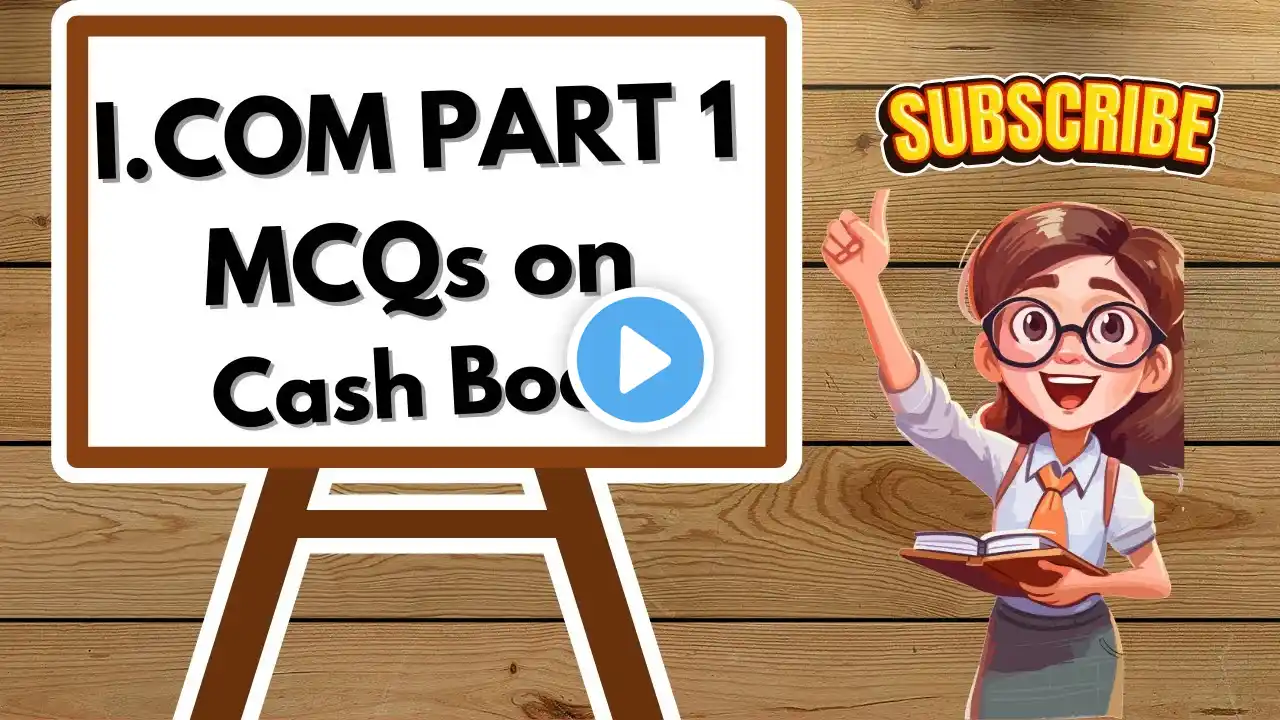
THREE COLUMN CASH BOOK
The triple-column cash book (also referred to as the three-column cash book) is the most exhaustive form of cash book, which has three money columns on both receipt (Dr) and payment (Cr) sides to record transactions involving cash, bank, and discounts. A triple-column cash book is usually maintained by large firms that make and receive payments in cash as well as by bank and which frequently receive and allow cash discounts. The triple-column cash book has 6 columns on both debit and credit sides. The purpose of each column is briefly explained below: Date: The date column is used to enter the transaction date. Description: The description column is used to write the name of the account to be debited or credited in the ledger as a result of a cash or bank transaction. Ledger Folio number (LF No): The ledger Folio number is essentially a page number that helps you locate a particular account within the ledger book. Discount: The amount of discount allowed is recorded on the debit side, and the amount of discount received is recorded on the credit side in the discount column. The totals of debit column and credit column are posted to discount allowed account and discount received account, respectively. Cash: The amount of cash received (net of any discount allowed) is entered on the debit side, and the amount of cash paid (net of any discount received) is entered on the credit side in the cash column. This column is totaled and balanced like a ledger account. Bank: The amount of all receipts and payments made by the bank account are entered in the bank column of the cash book. This column is also totaled and balanced like a ledger account. FOR COMMERCE STUDENTS
